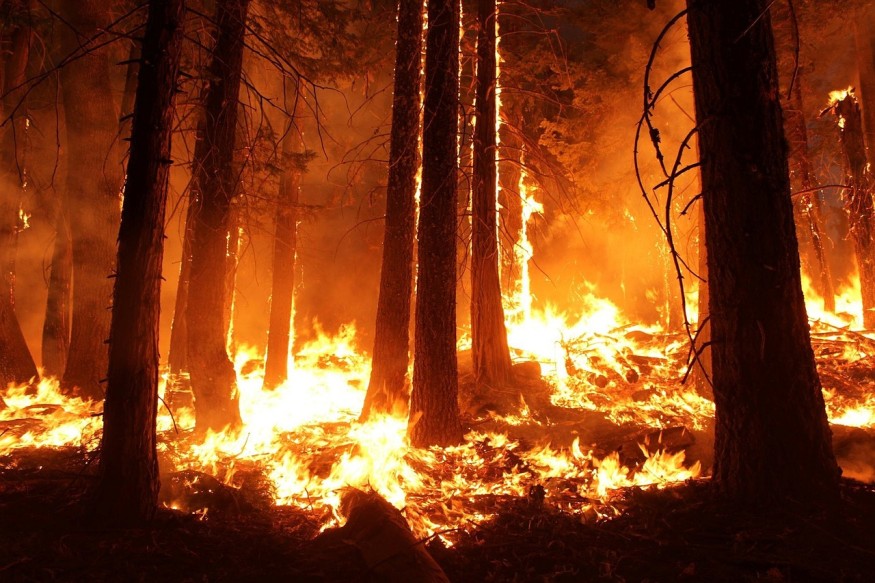
Around 160000 acres of land in California have been razed by wildfires in 2019 alone, with more destructive ones expected as the end of the year approaches. The common approach to dealing with wildfires is by dousing the flames with water, but this can be logistically difficult once the fire spreads uncontrollably. A study published by Case Western Reserve University in the scientific journal Frontiers in Mechanical Engineering tests a novel method of combating wildfires—by wrapping structures with fireproof blankets.
Fumiaki Takahashi, the main author of the study, said that the idea of fireproof blankets as a wrapping material for houses for fire protection has been already proposed as early as 1944, according to the New Scientist. This practice has already been done by US Forest Service firefighters whenever they are deployed for duty. They carry along with them tents made with fire-resistant materials to be used just in case they get trapped in flames. While this has been done in practice, the act has never been tested in a controlled scientific environment, which is what Takahashi wanted to do for his study.
Takahashi collaborated with the US Forest Service to test the effectivity of different fire blankets on different structures. The fire blankets work by fulfilling the following criteria: by blocking small pieces of burning wood called firebrands from entering homes, by preventing homes from having direct contact with the flames, and by reflecting thermal radiation caused by the fire. A laboratory experiment was done first before large-scale experiments were carried out. It was found that for a two-layer assembly, up 92% of convective heat and up to 96% of radiation can be blocked. Several proof-of-concept experiments were carried out afterwards. Birdhouse-sized boxes were exposed to burning wood in a room. Wall-and-eave panels were exposed to fires on vegetation in California. A cedar shed was placed in a controlled area where a forest fire was started. From these experiments, it was discovered that the fire blankets were able to deter the effects of the fires on the structures.
The fabrics made from amorphous silica or fiberglass coated with an aluminum layer were found to have the best performance for fire protection because of the material's ability to reflect radiation and to insulate the building from the heat. It can provide around 10 minutes of protection from intense heat which is enough to save a structure from fast-moving wildfires. The experiments, however, revealed some technical limitations to the fabrics. Wrapping houses with a fire blanket is very time consuming, and there may not be much time, especially for sudden onset of wildfires.
Takahashi hopes that this discovery would be able to prevent losses from forest fires. Further research is needed to design fire blankets that can block out heat for an extended period of time to prevent the ignition from structure to structure. He adds that communities most at risk for wildfires should work together to make fire blankets a possible solution to prevent excessive damage that wildfires cause.
© 2025 ScienceTimes.com All rights reserved. Do not reproduce without permission. The window to the world of Science Times.









